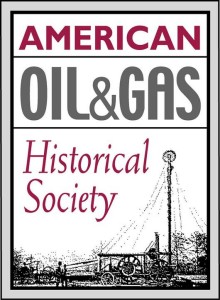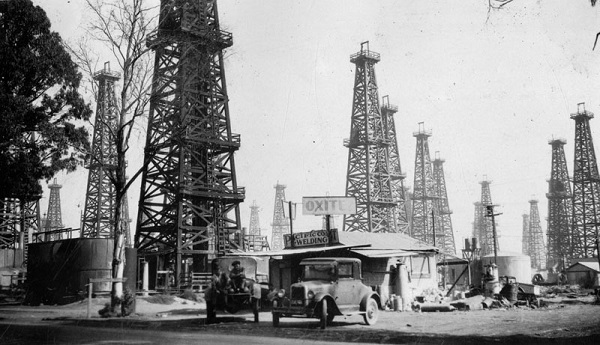Old Oil Stocks – in progress J
For those seeking financial information here at Old Oil Stocks – in progress J, chances are you will not find lost riches – see Not a Millionaire from Old Oil Stock. The American Oil & Gas Historical Society, which depends on donations,does not have resources to research all oil corporate histories of an industry that began in 1859.
AOGHS continues to look into a limited number of forum queries as part of its energy education mission. Some investigations have revealed little-known stories like Buffalo Bill’s Shoshone Oil Company; many others have found questionable dealings during booms and epidemics of “black gold” fever like Arctic Explorer turns Oil Promoter.
 View company updates regularly added to the A-to-Z listing at Is my Old Oil Stock worth Anything? AOGHS will continue to look into forum queries, including these “in progress.”
View company updates regularly added to the A-to-Z listing at Is my Old Oil Stock worth Anything? AOGHS will continue to look into forum queries, including these “in progress.”
Johnson Oil Company
Johnson Oil Company was one of many fraudulent ventures for which Gilbert S. Johnson was ultimately convicted and imprisoned (see Admiral Oil Company for one example).
Court documents regarding Johnson Oil noted, “all money received from the persons intended to be defrauded for stock of the Johnson Oil Company was not used for drilling operations, but large sums were appropriated by the said defendant to his own use and benefit.”
Accusing Johnson of fraud throughout the years following World War I, the court documents condemned his latest oil venture, noting that “no honest or economical effort had been made by the defendant to develop new production; that the company did not continue to make progress, but at that time was on the verge of bankruptcy and did make a financial failure; that these statements were made by the defendant for the purpose of deception and of inducing the persons to be defrauded to part with their money and property without receiving anything of value therefore.”
Justheim Petroleum Company
According to the Securities and Exchange Commission, Justheim Petroleum Company incorporated in Nevada in 1952 to acquire, hold and sell oil and natural gas leases while retaining overriding royalty rights.
On December 31, 1986, a company by the name of C.E.C. Management Corporation merged into Justheim Petroleum. C.E.C. Management was in the minerals processing business, including engineering consulting as well as designing and marketing custom systems and equipment. The newly merged companies were renamed as C.E.C. Industries Corporation with an OTC (over the counter) symbol of CECC.
In 2001, the SEC charged C.E.C. Industries Corporation with fraud, falsifying books and records and accounting violations in 1996 and 1997.
In 2004, C.E.C. Industries Corporation dismissed all its officers and the entire board of directors to reform itself as a business development company, changing its name to Advantage Capital Development. At that time there were more than 58.7 million shares outstanding and 1,500 shareholders.
The stories of exploration and production companies joining petroleum booms (and avoiding busts) can be found updated in Is my Old Oil Stock worth Anything? The American Oil & Gas Historical Society preserves U.S. petroleum history. Please support this AOGHS.ORG energy education website. For membership information, contact bawells@aoghs.org. © 2020 Bruce A. Wells.


